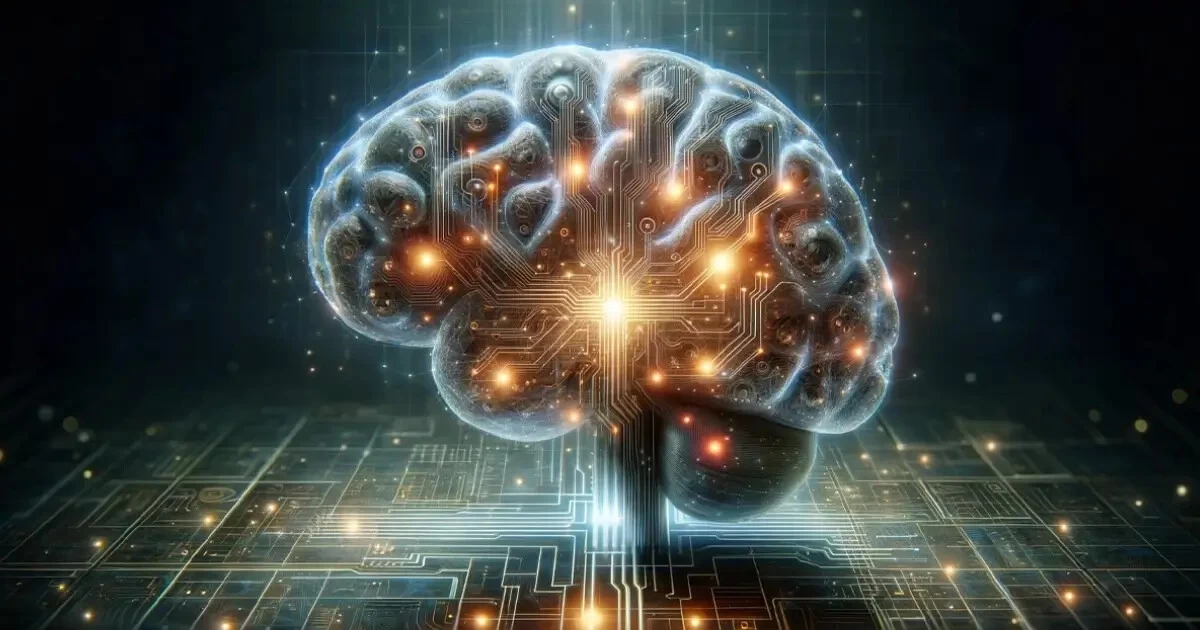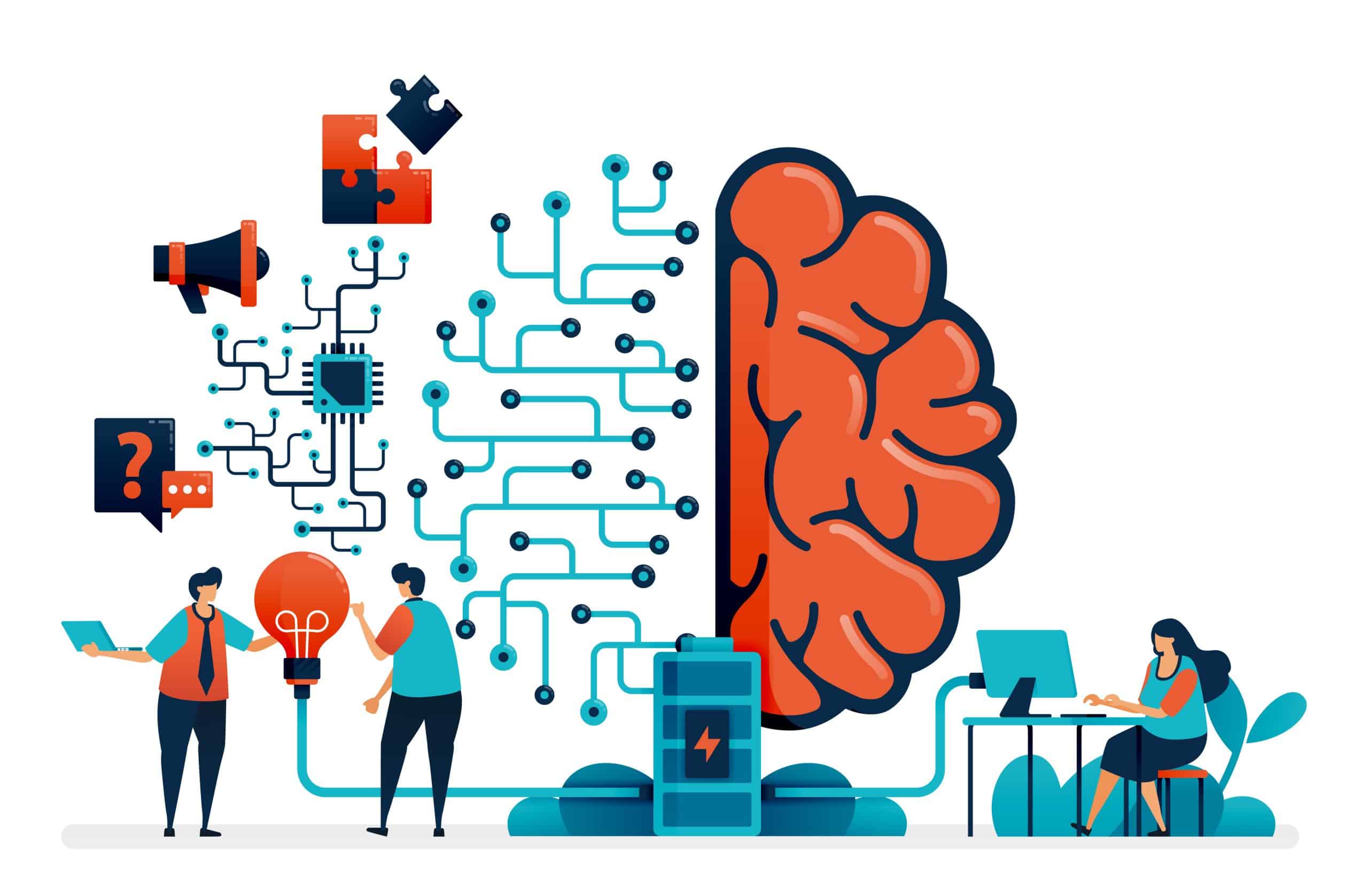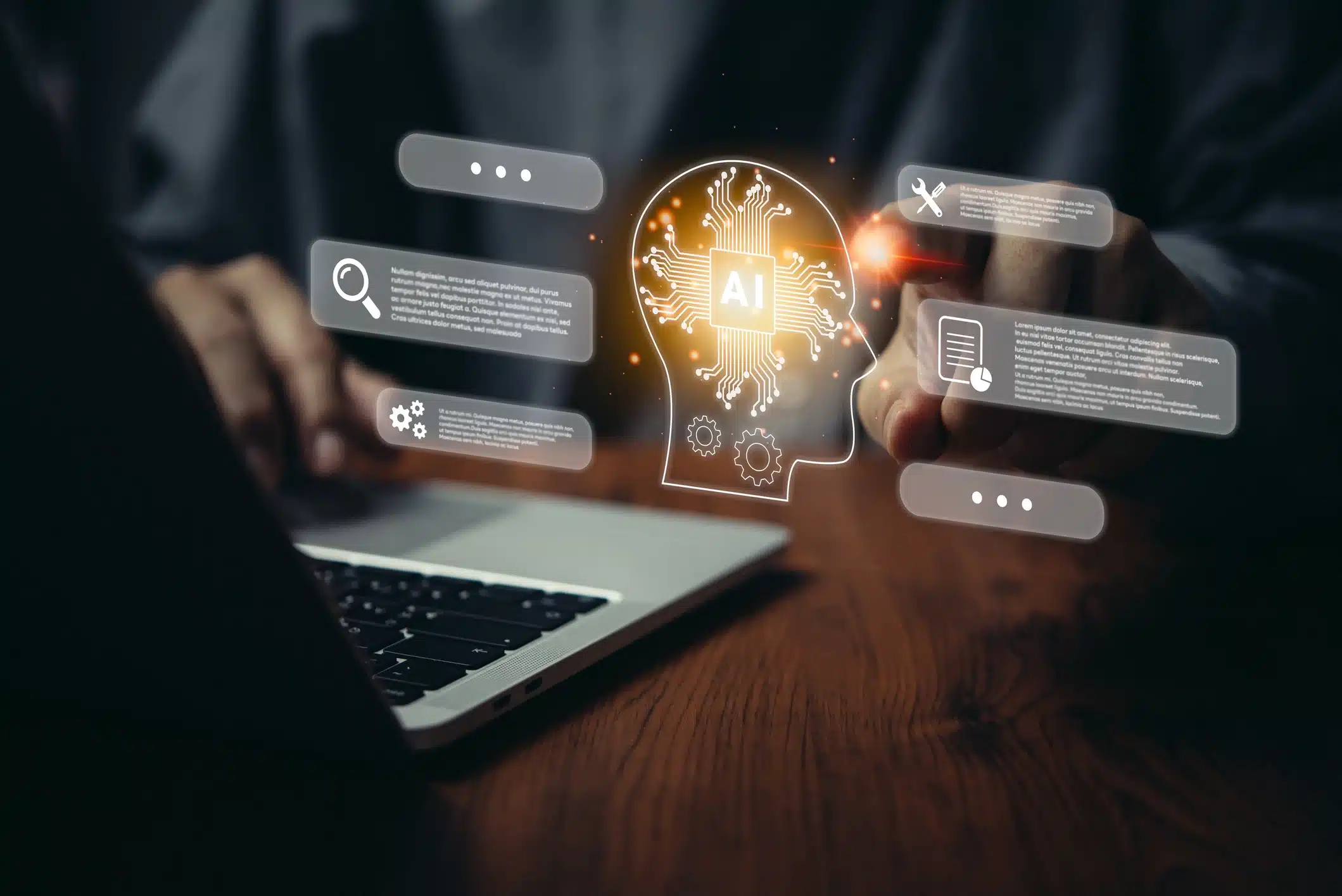- 🤖 The rise of metaphorical language in AI characterizes large language models (LLMs) as entities that emulate human-like intelligence or foreign, alien intelligence.
- 🧠 Several conceptual metaphors attempt to define LLMs: as individual minds, cultural repositories, neural networks, or enhanced autocompletes.
- 📚 AI terminology borrows from human cognition, using metaphors like “learning,” “reading,” and “reasoning,” despite notable differences from actual human abilities.
- 💬 OpenAI’s CEO Sam Altman suggests thinking of AI systems as tools, yet many LLMs are designed to evoke human-like responses, fostering anthropomorphism.
- 🧑⚖️ Legal debates around AI employ metaphors of LLMs as human-like thinkers in arguments about copyright and fair use.
- 🚀 Concerns about AI’s potential existential risks hinge on metaphorical imaginings of the systems as capable of human-like autonomy and intent.
- 🧐 Understanding AI’s nature through metaphors influences scientific, legal, and regulatory perspectives and decisions.
The Role of Metaphors in Shaping AI Perception and Policy
Artificial Intelligence (AI) is a rapidly developing field that holds the potential to revolutionize numerous aspects of society. A unique aspect of AI, specifically large language models (LLMs), is how they are often framed through metaphorical language. These metaphors not only aid in conceptualizing AI but also significantly influence public perception, legal discourse, and regulatory policies. This blog post delves into the metaphors surrounding AI, exploring their implications and offering insights on their influence on scientific and legal realms.
The Metaphorical Landscape of AI
1. Characterizing AI through Metaphors
The rise of metaphorical language in AI primarily pertains to large language models, portraying these systems as entities that mimic human-like intelligence or even foreign, alien forms of cognition. The metaphors used can vary widely:
- LLMs as individual minds: This metaphor highlights LLMs as distinct, intelligent entities capable of autonomous thought.
- LLMs as cultural repositories: Here, LLMs are seen as vast troves of accumulated knowledge, reflecting human culture and wisdom.
- LLMs as neural networks: This emphasizes the technical aspect, viewing LLMs as complex networks simulating brain-like architecture.
- LLMs as enhanced autocompletes: This downplays the sophistication, suggesting LLMs merely predict likely continuations of inputs based on prior data.
2. Borrowing from Human Cognition
AI terminology heavily borrows from human cognitive processes, utilizing terms such as “learning,” “reading,” and “reasoning.” However, there are significant differences between these metaphorical implementations and genuine human abilities. For example, LLMs “learn” not by understanding but by recognizing patterns in large datasets.
The Impact of AI Metaphors on Legal and Regulatory Frameworks
1. Anthropomorphism and LLMs
OpenAI’s CEO, Sam Altman, recommends perceiving AI systems as tools. Despite this, many LLMs are constructed to evoke human-like interactions, inadvertently fostering anthropomorphism. This can pose challenges for legal contexts where LLMs may be conceived as entities with autonomous thought.
2. Legal Debates and Copyright
In the legal arena, LLMs are often described as human-like thinkers regarding copyright and fair use discussions. This anthropomorphic portrayal can complicate debates, potentially implying AI systems possess a form of intent or understanding akin to human creators.
3. Existential Risks and Autonomous Intent
Metaphors equating AI to human-like beings feed into fears concerning AI’s potential existential risks. Imagining these systems as capable of human-like autonomy and intent raises ethical and safety concerns, prompting calls for stringent regulatory oversight.
Understanding the Broader Implications
AI metaphors not only shape individual perceptions but also influence broader scientific, legal, and policy discussions. By examining these metaphorical constructs, stakeholders can develop a more nuanced understanding of AI’s capabilities and limitations, guiding informed decision-making.
Environmental Concerns: From Greenwashing to Permafrost Changes
Parallel to AI, environmental discussions reveal metaphorical constructs such as “greenwashing.” This term is used to describe misleading environmental claims and is a focus in Hungarian regulation. Further environmental insights stem from research tracking changes in the permafrost active layer over the Tibetan Plateau from 1980 to 2020 and studies on atmospheric changes during the rainy season, highlighting the broader impacts of climate change.
Conclusion
Metaphors are powerful tools in framing AI, offering both clarity and challenges. By exploring how these metaphors influence perception and policy, we glean valuable insights into AI’s evolving role in society. Whether in legal battles or policy discussions, understanding AI through its metaphors can pave the way for more responsible and effective integration into various sectors.







